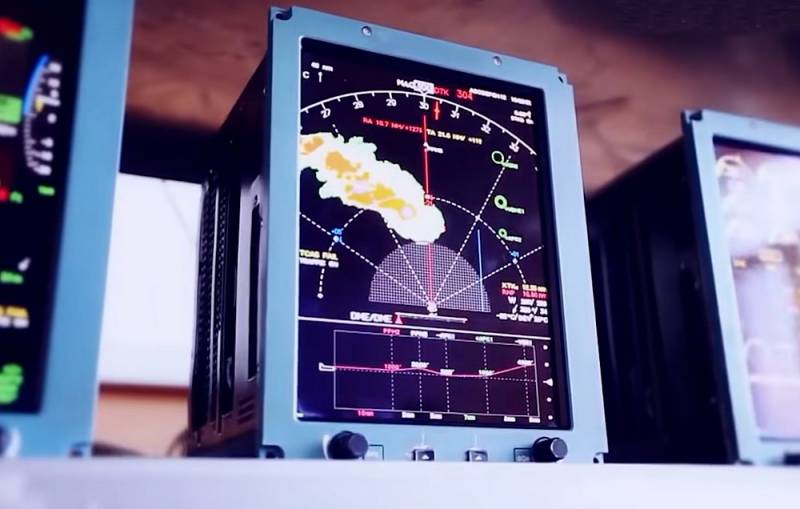Inertial navigation system will make Russian aviation virtually invulnerable
Russia has created and tested a unique strapdown inertial navigation system that will allow our UAVs and other aviation technology continue to carry out the assigned task even if the GLONASS satellite constellation is destroyed.
It is worth noting that the idea of using gyroscopes and accelerometers to accurately determine coordinates is not new. For the first time, such an approach was proposed by German engineers to increase the accuracy of the V-2 rocket. Also, the inertial system was used in the MGM-31 Pershing-1A missile (USA). At the same time, its circular probable deviation at a distance of 740 km was as much as 930 meters, which was already unacceptable for a nuclear warhead of 400 kilotons. In this case, there is nothing to say about cruise missiles and remotely piloted vehicles.
The solution to the problem with the accuracy of coordinates was the creation of satellite navigation systems - GPS (USA) and GLONASS (Russia). These systems make it possible to continuously calculate coordinates with an accuracy of about 2,5 meters.
However, they also had a "weak point". Thanks to modern electronic warfare means, the enemy can jam the satellite signal at any time and even take control of the UAV. In addition, in the event of a "big war", it is the spacecraft that will become the first target for the opposing sides.
Thus, the engineers were faced with an ambitious task - to create an accurate and at the same time autonomous navigation system for aircraft. It should be noted that the Russian developers from the KRET holding coped with it more than successfully.
Experts have created an inertial system that will allow our aircraft to stay on course regardless of landmarks and weather conditions. At the same time, in the autonomous mode of operation, its error is only 2%, and together with GLONASS it decreases to 1%.
Finally, the most important thing is that our system is already a serial product and this year will begin to be installed on Russian UAVs, making them practically invulnerable. Other countries have nothing of the kind in the future.

Information